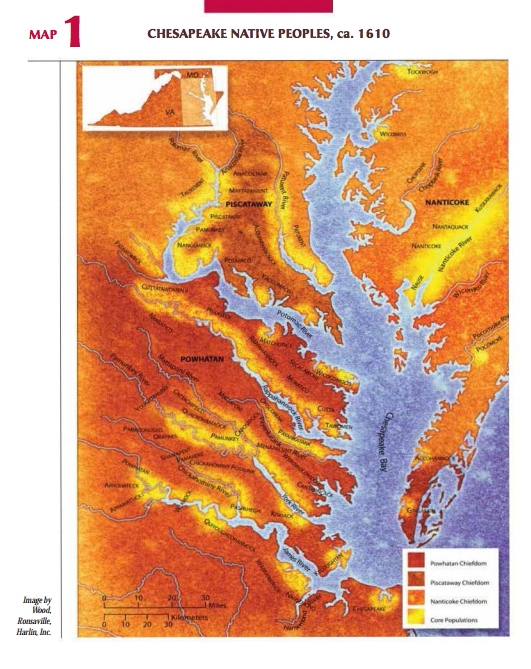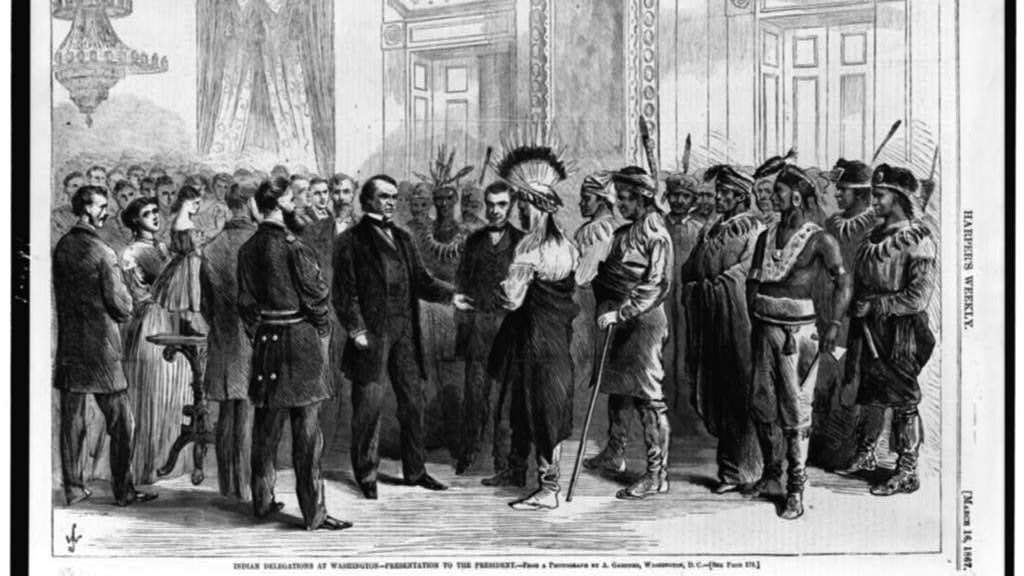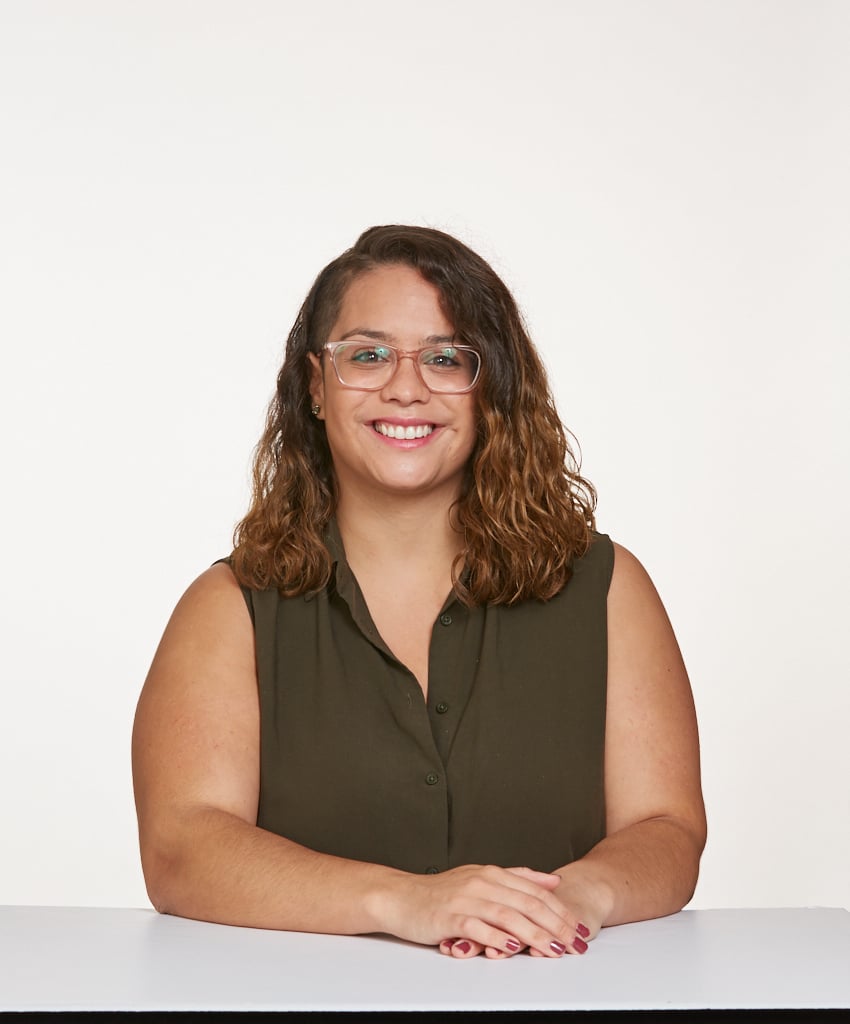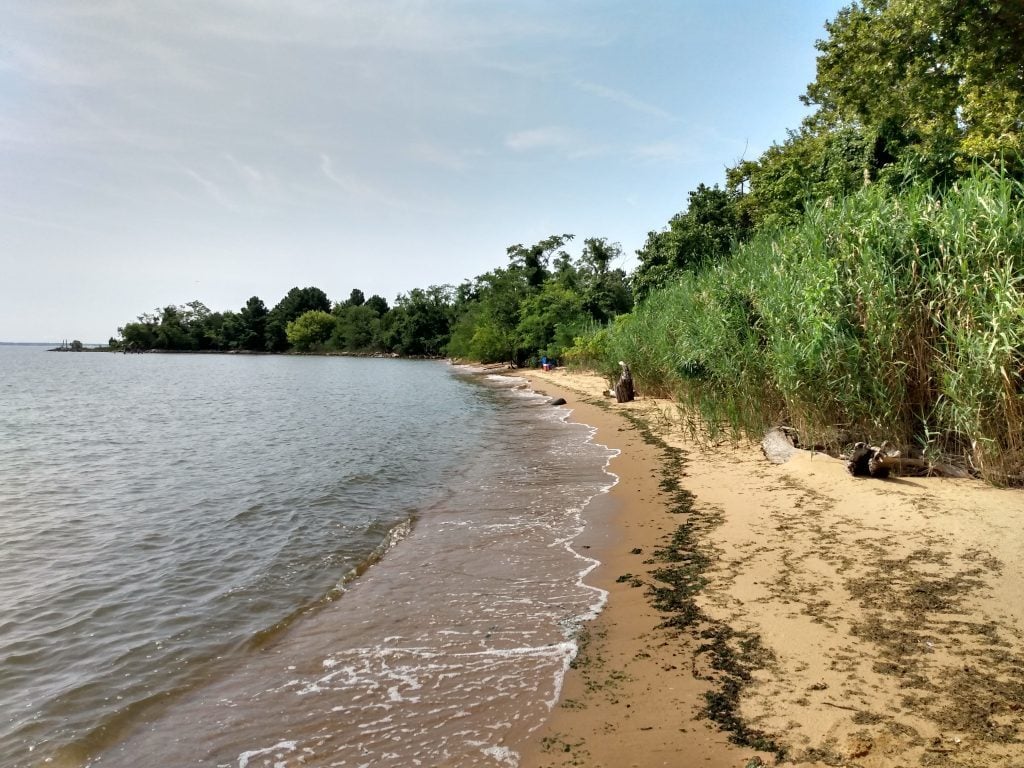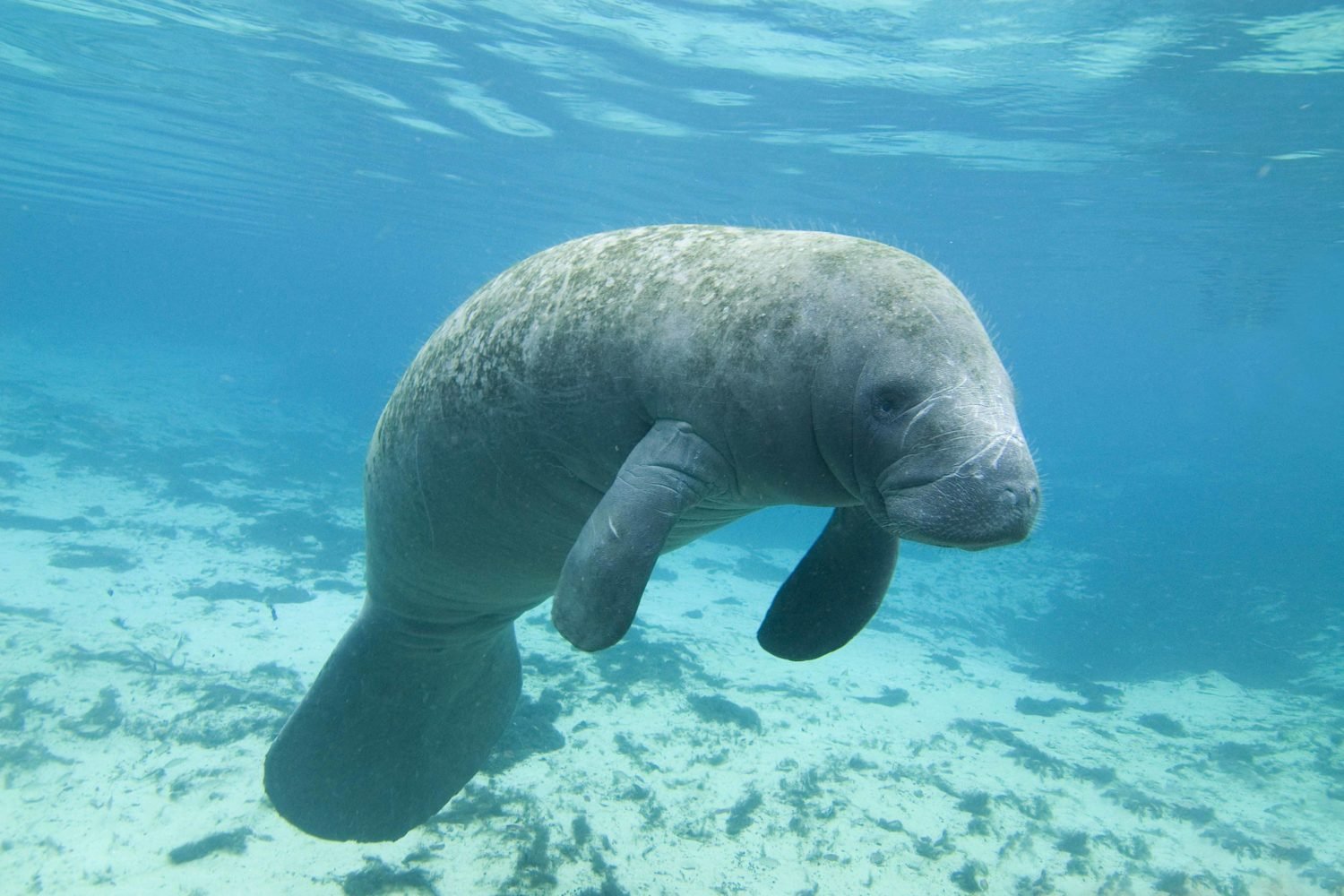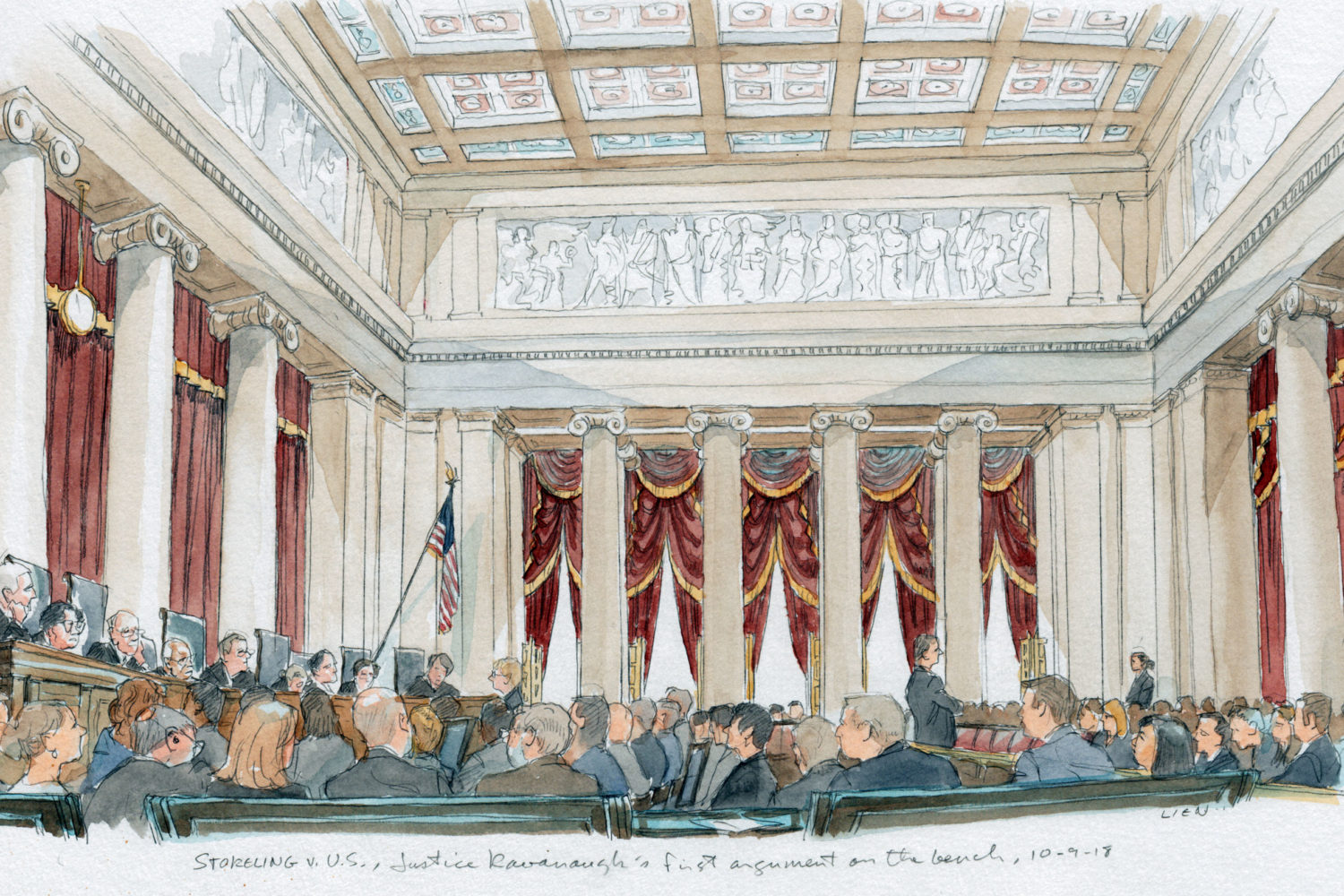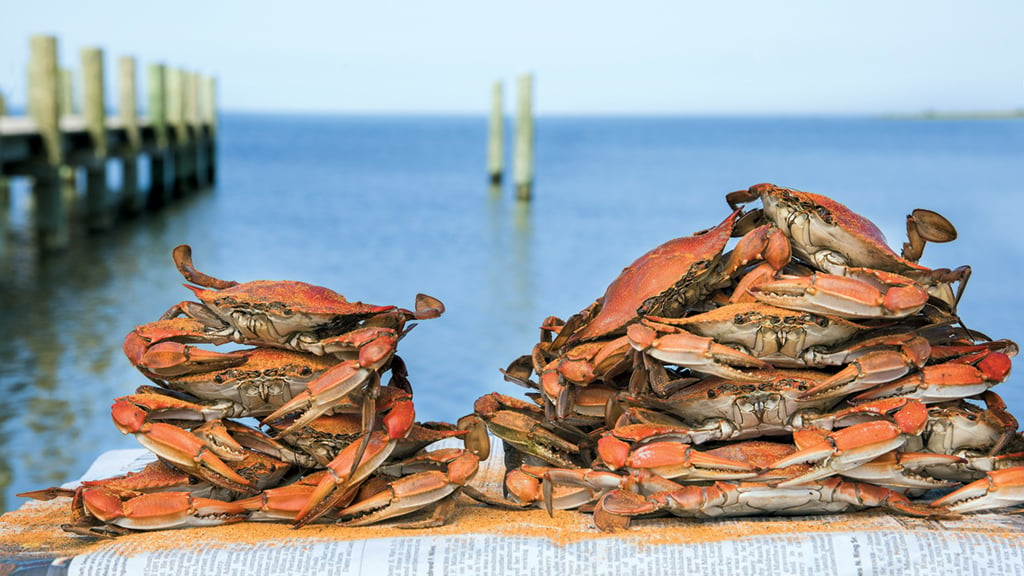So who were the original Washingtonians? When the English came to Jamestown, Virginia in 1607, the indigenous Powhatan–who had been there for generations–took pity on the Englishmen, who suffered disease and were unskilled in working this hemisphere’s land. The tribe gave the visitors food and allowed them to share their land.
The following century would see the Powhatan and nearby Piscataway tribes decimated by disease, displacement and conflict. The 11,000 person large Powhatan population was reduced by 92% and the Piscataway went from 8,200 to a mere 300.
The Chesapeake Bay region was one of the first places English settlers made contact on modern-U.S. soil. The map below shows that the indigenous community closest to DC–established in 1790, 180 years after this population map–was the Piscataway. With the exception of the Pamunkey and Mattaponi in Virginia, all indigenous tribes in the area lost their land to encroaching English colonizers.
On this Columbus Day, remember your predecessors: you can learn more about the O.G. Washingtonians at the National Museum of the American Indian.
